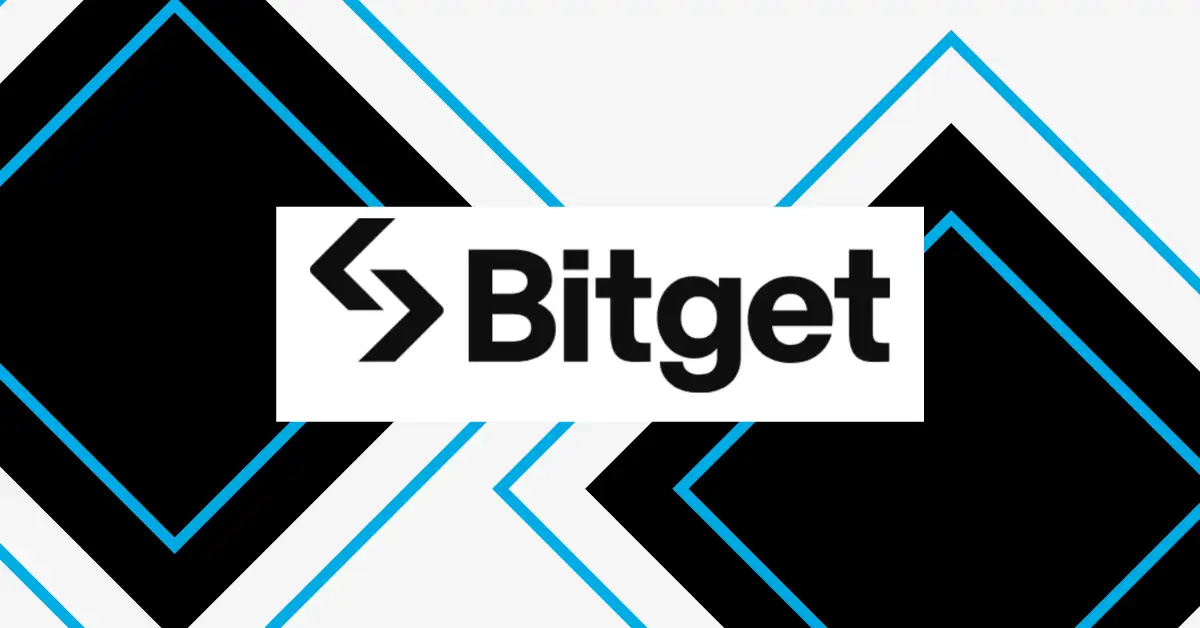Bitget’s Listing of Ripple USD (RLUSD): A New Chapter in Stablecoin Evolution
The recent series of announcements surrounding Bitget’s decision to list Ripple USD (RLUSD) on its spot trading platform marks a significant milestone both for Bitget as an exchange and for Ripple’s stablecoin ambitions. This strategic move not only reflects the growing institutional demand for secure, compliant digital assets but also signals RLUSD’s rising prominence in the competitive stablecoin landscape. To fully appreciate the implications of this development, it is essential to examine the background of RLUSD, Bitget’s role, and the broader ecosystem impact.
Understanding RLUSD: Ripple’s Enterprise-Grade Stablecoin
RLUSD is a USD-denominated stablecoin issued by Ripple Labs, built on the highly scalable XRP Ledger (XRPL). Unlike many other stablecoins, RLUSD is designed with a strong emphasis on trust, liquidity, and regulatory compliance. Each RLUSD token is backed by a corresponding reserve of US dollars, ensuring that it maintains a stable 1:1 peg to the USD. This backing, combined with Ripple’s enterprise blockchain innovations, allows RLUSD to stand out in a market crowded with alternatives like Tether (USDT) and USD Coin (USDC).
Ripple’s ambitious goal is for RLUSD to break into the top five stablecoins by market capitalization by the end of 2025, a target that aligns with growing adoption and institutional interest. As of early 2025, RLUSD’s market capitalization had already reached approximately $244.2 million across the XRPL ecosystem, a robust figure for a relatively new stablecoin.
Bitget’s Strategic Listing: Expanding Stablecoin Offerings
Bitget’s listing of RLUSD is more than just an addition to its portfolio. Bitget, a prominent player in the cryptocurrency exchange and Web3 space, acknowledges the rising demand for secure, compliant digital assets, especially among institutional traders. Offering RLUSD on its spot trading platform provides users access to a stablecoin backed by strong infrastructure and regulatory considerations. It also diversifies Bitget’s stablecoin offerings, reinforcing its position as a forward-looking exchange.
This listing aligns with Bitget’s broader strategy to integrate more regulated, payment-oriented digital assets into its ecosystem. By hosting RLUSD alongside other established tokens, Bitget enhances liquidity, trading options, and the overall ecosystem’s robustness. The collaboration between Bitget and Ripple also fits within a larger narrative of crypto exchanges teaming up with reputable stablecoin issuers to meet regulatory and market demands efficiently.
Market Impact and Ripple’s Broader Exchange Footprint
RLUSD’s presence extends beyond Bitget; it is also actively traded on other major exchanges like Kraken, Bitstamp, BitMEX, and Gemini. Such wide availability across leading platforms amplifies RLUSD’s liquidity and adoption potential. Ripple’s strategic partnerships with market makers such as B2C2 and Keyrock ensure that RLUSD enjoys sufficient liquidity, enabling smooth trading and usability across both centralized and decentralized finance sectors.
The expanding exchange footprint underscores Ripple’s efforts to carve out a definitive niche for RLUSD within the $1.3 trillion cryptocurrency market. Notably, RLUSD’s trading volume reached a significant milestone in 2025, crossing $10 billion globally. Its daily trading volumes have surged alongside market volatility, demonstrating resilience and growing market confidence.
Institutional Demand and Use Cases
Institutional demand for compliant and transparent stablecoins continues to rise sharply, driven by the need for reliable digital cash equivalents in trading, payments, and settlements. RLUSD’s design suits various real financial use cases including global payments, cross-border transfers, off-ramps, and collateral in trading and decentralized financial applications (DeFi).
Ripple’s integration of RLUSD into its wider payment suite further highlights its commitment to embedding the stablecoin deeply within financial infrastructure. The stablecoin’s compliance with regulatory standards such as the Market in Crypto-Assets (MiCA) regulation in Europe reflects Ripple’s foresight in navigating evolving legal landscapes.
Competitive Context: RLUSD Versus Established Stablecoins
The stablecoin market is heavily dominated by incumbents like Tether’s USDT and Circle’s USDC, which collectively account for the majority of stablecoin market cap and volume. Ripple’s journey with RLUSD represents a direct challenge to this duopoly, leveraging its legacy in enterprise blockchain solutions and a clear pathway to regulatory compliance.
Ripple’s $11 billion bid for Circle mentioned in parallel conversations suggests a dual strategy of expansion and possible market consolidation, reflecting Ripple’s keen interest in boosting its stablecoin portfolio. Experts in the field note that Ripple’s approach of combining trust, compliance, and liquidity could reshape the future stablecoin ecosystem.
Conclusion: Bitget and RLUSD Pioneering a New Stablecoin Era
Bitget’s listing of RLUSD reaffirms both companies’ vision for a more transparent, secure, and compliant stablecoin landscape. It signals the maturity of Ripple’s stablecoin ambitions as RLUSD gains momentum across major exchanges and institutional trenches. By embedding RLUSD within a trade-friendly and regulated environment, Bitget positions itself at the forefront of the Web3 economy and decentralized finance adoption.
As RLUSD continues its steep growth trajectory, aiming to secure a top-five stablecoin status by year-end, its success will likely influence market dynamics and the regulatory evolution of digital assets. The collaboration between Ripple and Bitget illustrates a deliberate push towards building trusted digital currencies that serve real-world financial needs, sparking a new chapter in the ongoing stablecoin revolution.





